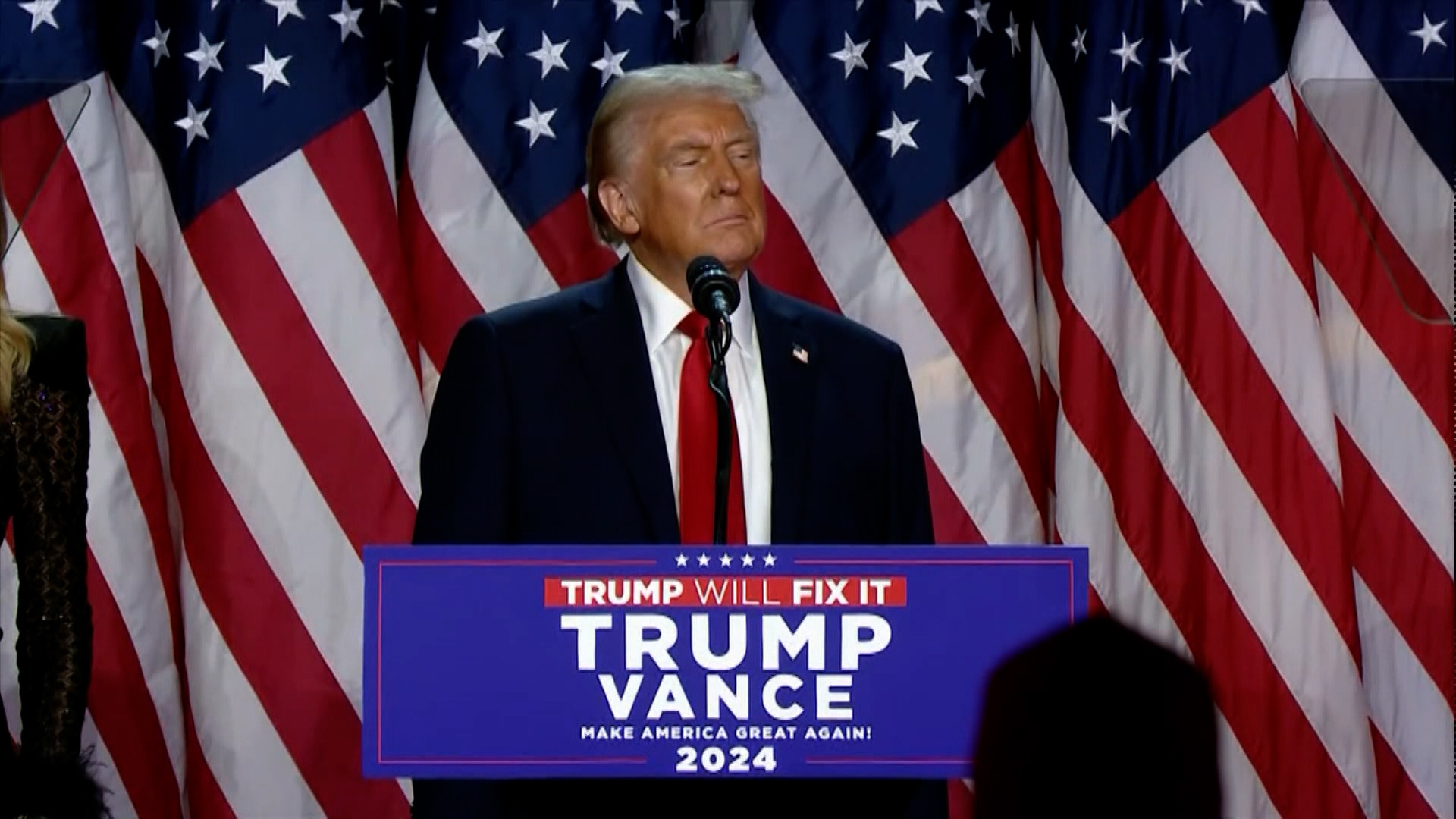CALIFORNIA, USA — A historic election in California is flipping the script on some of the more traditional voting norms.
Paul Mitchell, VP of Political Data, and his data tracker have seen higher voter turnout and faster returns than they’ve ever seen before.
“To put it in context, the number we’re at right now is just over 5 million and that puts us essentially at the Monday before the election in 2016 or more than the entirety of the 2018 election,” Mitchell said.
He credits those numbers, in part, due to a mix of mechanics, the vote-by-mail system, general enthusiasm for the election, and some differing views on the election system between Democrats and Republicans.
“We know that there’s a lot of energy, excitement, enthusiasm, anxiety – all kinds of feelings associated with this election,” Mitchell said. “We also know that because of COVID a lot more people are home, so that could contribute to the fact that people are returning their ballots more quickly.”
By far, Democrats are overwhelmingly ahead in early voting and also make up the largest portion of voters in the state. The current breakdown, as of Oct. 22, is as follows:
- Democrat – 2,877,985
- Independent/Other – 1,188,162
- Republican – 1,097,023
The numbers are a deviation from what people usually see in early voting. Republicans make up about 24% of the total registered voters in California, and Democrats are about 46% of the total registered voters. In past elections, Republicans usually overperformed with the early vote compared with their registration, but that’s not the case this year.
Mitchell said the norm for past elections would probably be closer to 34%, which would have meant that the 24% of Republican voters overperformed - compared to their registration numbers - by accounting for 34% of the early vote. But, the Political Data Tracker now has different story to tell.
“This year, it’s not true at all,” Mitchell said. “Republicans are actually underperforming their registration rates. Republicans are turning in their ballots at a rate slower than independents, which is the first time we’ve ever seen that.”
Usually, early votes come from the older and more conservative or Republican-leaning voters, according to Mitchell.
Part of that discrepancy could play into views on the election system. Mitchell said Democrats could be rushing to get mail-in votes out ahead of time due to worries over potential post office issues, and Republicans could be waiting to go to the polls on Election Day because they’re hearing that vote by mail can’t be trusted.
It’s a change in trends that could make the rollout of election results a little different. Mitchell said election night results usually start out conservative and Republican because mail-in ballots are the first results released after polls close, but that changes as more traditionally Democratic-favoring voters get their ballots counted in the following days. It's a trend he called the "blue shift."
He thinks 2020's initial results might skew Democratic and that the wave of results from the polls might be more Republican. Instead of a "blue shift" in the following days, it could be a greater mix of Republican and Democratic votes.
“In this election cycle, I don’t there’s going to be as much post-election movement," Mitchell said. "I don’t think that the data’s going to change as dramatically as we saw in 2018 when there was essentially seven congressional districts that Republicans were winning on election night that Democrats won when the final canvass was done.”
Despite some changes, one thing that hasn’t changed much is the age of the early voters. Voters over the age of 65 are the smallest portion of registered voters, but they account for nearly 38% of the current early vote.
By contrast, voters 18 to 34 make up the largest portion of registered voters but make up only 16% of the early vote. Generally speaking, it’s the same story we’ve seen before but with slightly better numbers for the younger voters. Mitchell said the younger voters can sometimes find themselves in the single digits.
“We are seeing younger voters actually turn out a little bit faster than in prior election cycles, making a couple percent margin difference in their turnout rates so far, but young people largely vote in person and they vote later,” he said.
Mitchell added that the low number is partially due to younger voters relocating more often than older voters. Older voters tend to have homes and move once every 20 years, and younger voters, on average, move once every election cycle. With people having to re-register when they move, Mitchell said younger voters usually find themselves torn from the place of their registration more often than older voters.
5 million votes is a historic amount of early votes, but there's still more to be seen that the early vote data won't show. The Political Data Tracker doesn’t share how those people voted, and Mitchell said that the influx of ballots from people that were already expected to vote won’t necessarily be indicative of the final election day surge.
“I think you can say there’s something in the water this election that is causing this surge, but it really would be too much reading the tea leaves to make a lot of assumptions about what final turnouts going to be like,” Mitchell said.
WATCH ALSO:



